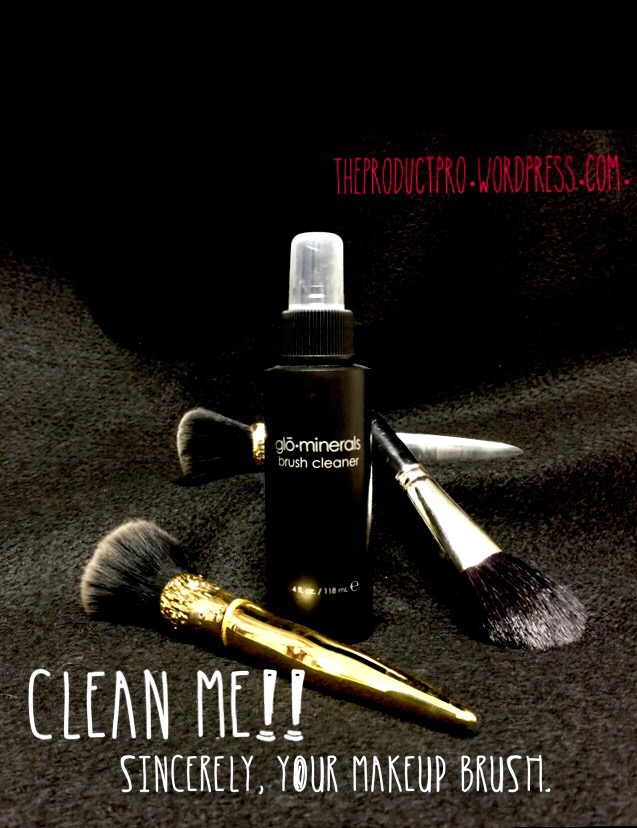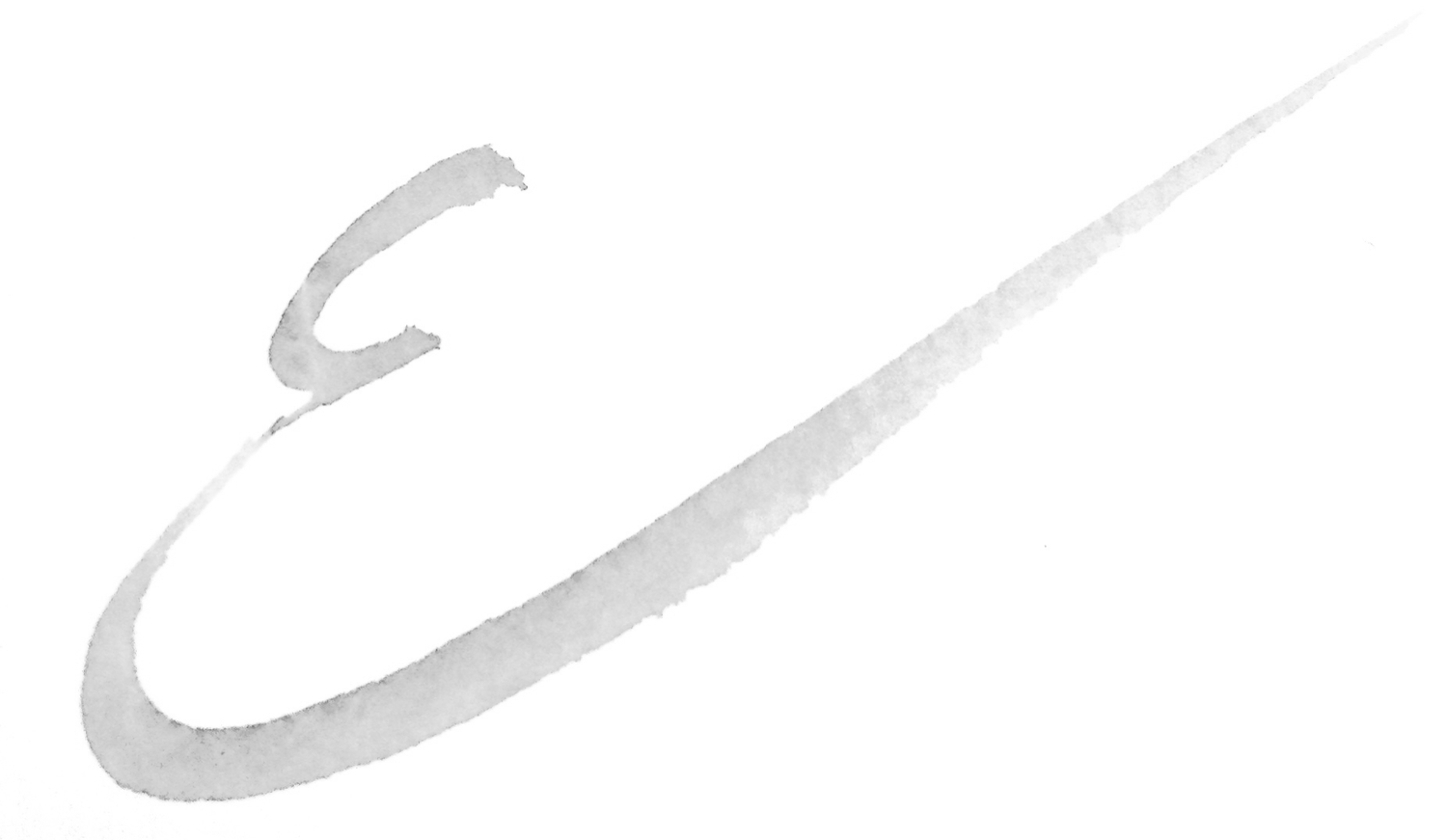Trouble-shooting causes of acne and breakouts is one of my favorite things to do. It's a fun challenge, like trying to solve a mystery. I'll always start by asking LOTS of questions, and keep it up until we get an ah-ha moment.
Below is a list of some of the things I ask patients about. If you're having trouble with acne, try troubleshooting your routines and products.
1) Liquid Makeup It's a mean cycle: you break out, so you need to cover up. But liquids and creamy formulas can contribute to congestion, causing another breakout. Remember that oil is sticky, and in an acne scenario, dead skin cells and debris are already getting glued down with oil. Frequently, more coating on the surface can cause more congestion and breakouts.
Contrary to popular belief, there are mineral powder foundations that deliver high coverage. My faves for great coverage without contributing to acne:
Tip: Try a liquid foundation brush with these powders to lay down more opacity/ coverage where you need it.
2) Over-Extraction
Not every blackhead or follicular deposit is going to cause issues. And that little tiny blemish won't actually ruin your day. If you tend to break out, Hands Off!
See an esthetician for a pro extraction and ask for a conservative session. Hard truth to swallow: If you break out after a facial, (or home extraction) it might be because of over-stimulation... NOT because the skin is "purging" - an idea you'll hear suggested from time to time. Bring post-facial-breakout feedback to your skin care pro and they can adjust appropriately for your next treatment.
Tip: The use of Tretinoin, retinol, or another treatment product recommended by your doctor or esthetician can act as a pre-treatment and make extractions easier on you... and your facialist.
3) Benzoyl Peroxide and Spot Treating:
Benzoyl Peroxide is a great acne treatment. However, it works as a preventative by killing off pimples in the early stage. (Zits can take up to 90 days to form). Sometimes we feel like it helps as a spot treatment because it can be drying to an acne lesion, but you're doing yourself a disservice if you're not applying it all over. My favorite BPO is in the Obagi Clenziderm System because it's a solubilized BPO, not a micro-crystal (like other BPO). It's 1/10,000th the size of a standard BPO crystal - this means it penetrates most effectively into the follicle. Give it a try!
4) Bar Soap:
I've never met a bar of soap that I liked. Picture a bar of soap: waxy and skin-coating, dry-looking, or simply sitting in a little pool of water getting mushy: whatever it is, we just don't get along- and neither should you.
Two things about bar soap:
1) Just to physically get it into bar-form, the pH here has to be higher than other formulations like creams, gels, or liquids. This means that they can be more drying. Lets not freak out your skin any more than we need to.
2) Bacteria likes to live on bars of soap. Doctors don't seem too concerned with this from a disease-proliferating perspective (washing your hands with bar soap seems to be fine), but if we're trouble-shooting, we're trouble-shooting. I say, use a liquid, non-soap cleanser instead.
5) Use of Topical Vitamin C:
Topical Vitamin C's are great as a brightening product and anti-aging measure, but you should avoid this one when troubleshooting breakouts. In my experience, vitamin C's are not always acne-friendly and are not often recommended for those who break out easily.
That being said, Vitamin C's are great to lighten acne marks (post-inflammatory hyperpigmentation or PIH) from old breakouts. If you currently have active acne, get your breakouts under control first, and then consider choosing a formula meant for all or oily skin types. I prefer Phloretin CF for oily types.
6) Makeup Sponges
If you're breaking out, ditch the sponges - they harbor bacteria. If you are currently in the sponge club, really, try brushes! You can get much better coverage and get much more mileage out of your makeup. Just be sure to clean them regularly.
My favorite brush cleaners are:
 Tip: If you HAVE to use a sponge, grab a bag of disposable wedges, snip them in half (so you get double the use) and throw them out EACH TIME you use them.
Tip: If you HAVE to use a sponge, grab a bag of disposable wedges, snip them in half (so you get double the use) and throw them out EACH TIME you use them.
If you've exhausted these possibilities and you're still having trouble, see your dermatologist. They will troubleshoot further and might look at additional factors like hormones. They might also prescribe a topical or oral medication as well.
Until next time, stay fabulous my friends!
